Feeding your crape myrtle the right nutrients is the secret sauce to unlocking its full potential. But with so many products on the market, how do you choose the best fertilizers for crape myrtles?
Don’t worry, we’ve done the digging for you. This comprehensive guide will break down what makes a great crape myrtle fertilizer and provide detailed reviews of the top 5 products to help your tree thrive.
Table of Contents
What is the Best Fertilizer for Crape Myrtles?
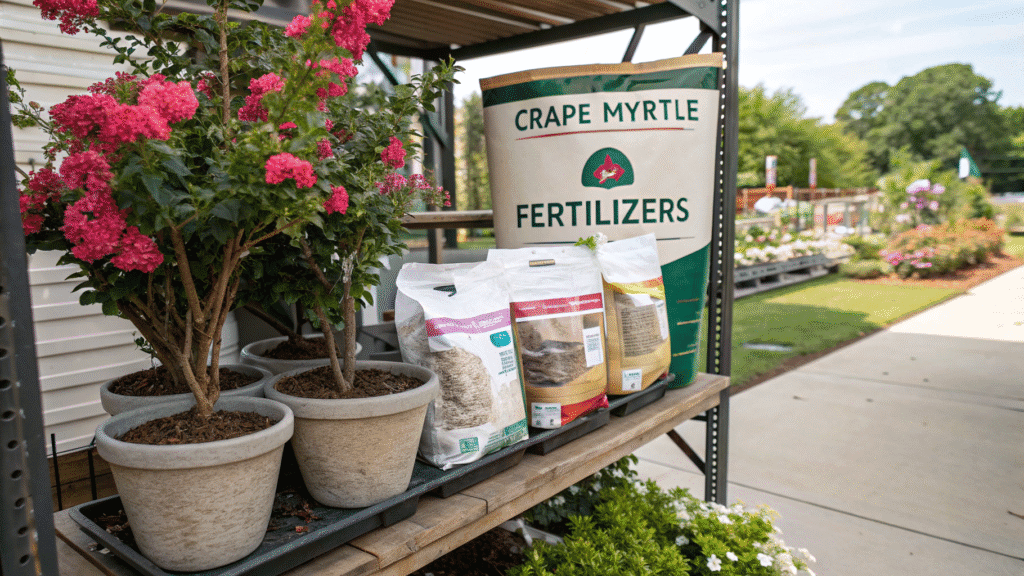
Before we dive into the products, let’s understand what your crape myrtle is craving. You’ll often see three numbers on a fertilizer bag (e.g., 10-10-10 or 8-55-7). These represent the ratio of the three key macronutrients
- N (Nitrogen): Promotes healthy green leaf and stem growth.
- P (Phosphorus): Crucial for developing strong roots and, most importantly, prolific blooming.
- K (Potassium): Enhances overall plant vigor, disease resistance, and stress tolerance.
For crape myrtles, the magic is in the Phosphorus. Since our primary goal is an explosion of flowers, we look for a fertilizer where the middle number (P) is significantly higher than the first number (N). Too much nitrogen will give you a beautiful, bushy green tree with very few blooms.
Now, let’s meet the contenders for the title of best fertilizers for crape myrtles!
The Top 5 Best Fertilizers for Crape Myrtles in 2025
1. Crepe Myrtle & All Plant Food (8-55-7)
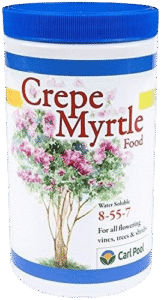

If you’re looking for a fertilizer specifically engineered for one purpose, maximizing blooms, this is it. The Crepe Myrtle & All Plant Food is a classic, and for good reason. Its 8-55-7 NPK ratio is a powerhouse of phosphorus, directly targeting the flower-producing processes of the plant. This granular formula is easy to use; you simply sprinkle it around the base of the tree, water it in, and let it go to work. It’s designed to be fed every 4-6 weeks during the growing season for a continuous floral display.
Pros:
- Extremely High Phosphorus Content: Unmatched focus on promoting massive blooms.
- Targeted Formulation: Designed specifically for flowering plants like crape myrtles.
- Easy Granular Application: No mixing required; simple to apply for any gardener.
- Trusted Brand: A long-standing, popular choice with a proven track record.
Cons:
- The high phosphorus level can be excessive if your soil is already rich in this nutrient.
- Requires consistent re-application throughout the season.
Who is this best for? This is the perfect choice for the gardener whose single-minded goal is to achieve the most abundant and vibrant blooms possible. If your crape myrtle is an established but under-performing bloomer, this can be a game-changer.
2. NutriStar 5-15-12 Flowering & Container Fertilizer
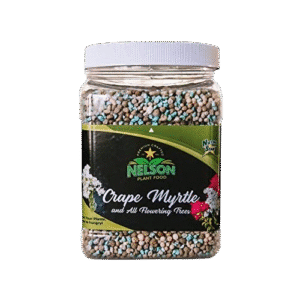

The NutriStar fertilizer takes a more balanced, yet still bloom-boosting, approach. With a 5-15-12 NPK ratio, it provides a healthy dose of phosphorus and potassium without overloading the plant with nitrogen. This balance encourages beautiful flowers while also supporting strong root development and overall plant health. It’s a granular fertilizer that also contains micronutrients like iron and zinc, which are essential for preventing yellowing leaves and ensuring deep green foliage that complements those stunning blooms.
Pros:
- Well-Balanced Formula: Supports blooms, roots, and overall plant vigor.
- Includes Essential Micronutrients: Addresses common nutrient deficiencies.
- Safe for Container and In-Ground Plants: A versatile choice for all your flowering plants.
- Promotes Long-Lasting Results: The balanced nutrients support the plant beyond just the flowering period.
Cons:
- The bloom boost may be less dramatic than the 8-55-7 formula.
- Granules need to be worked into the soil and watered thoroughly.
Who is this best for? This is an excellent all-around choice for the gardener who wants a beautiful, healthy tree from roots to tips. It’s ideal if you’re planting new crape myrtles or want to support the overall longevity and disease resistance of your existing trees.
3. Crepe Myrtle Fertilizer by Urban Rain (8-10-10 Liquid)
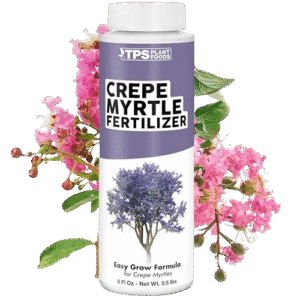

For those who prefer fast-acting results and easy application, the Urban Rain Liquid Fertilizer is a standout. This liquid formula features an 8-10-10 NPK ratio, providing a gentle and balanced nutrient boost that’s immediately available to the plant’s roots. Liquid fertilizers are like an energy shot for your plants; they work quickly to correct deficiencies and give your crape myrtle a rapid green-up and bloom boost. It’s simple to use, just mix with water in a watering can or sprayer and apply directly to the soil.
Pros:
- Fast-Absorbing Liquid Formula: Delivers nutrients directly to the roots for quick results.
- Gentle and Balanced: The 8-10-10 ratio is safe and effective for regular use.
- Easy to Apply: Perfect for mixing and feeding while you water.
- Great for Foliar Feeding: Can also be applied to leaves for a quick nutrient uptake.
Cons:
- Liquid fertilizers require more frequent applications than slow-release granules.
- The bottle may not be as cost-effective for feeding very large, established trees.
Who is this best for? This is the best fertilizer for crape myrtles for gardeners who want immediate results, have container-grown crape myrtles, or simply find mixing a liquid solution more convenient than scattering granules.
4. Nature’s Wisdom Crape Myrtle Fertilizer (7-9-5)
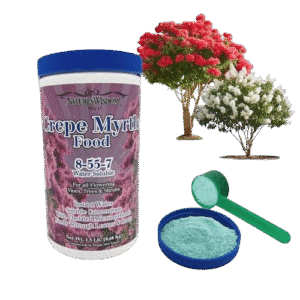

Nature’s Wisdom offers a uniquely balanced organic-based blend with a 7-9-5 NPK ratio. This formula is a fantastic option for the eco-conscious gardener. It focuses on feeding the soil to feed the plant, using ingredients that improve soil structure and microbial health over time. While the phosphorus level is not excessively high, it is perfectly adequate to encourage great blooming, all while building a sustainable and healthy ecosystem around your tree’s roots. It’s a gentle, slow-release fertilizer that promotes steady, strong growth.
Pros:
- Organic-Based & Eco-Friendly: Made with natural ingredients like feather meal and alfalfa meal.
- Builds Soil Health: Improves long-term soil quality, not just a quick fix.
- Slow-Release Formula: Feeds your tree consistently over a longer period.
- Gentle on Roots: Unlikely to cause fertilizer burn when used as directed.
Cons:
- Results may be slower than with synthetic, high-phosphorus options.
- The blooming effect may be more subtle but sustained.
Who is this best for? The organic gardener who prioritizes long-term soil health and sustainable practices. If you believe in building a healthy foundation for all your plants, this is a great choice.
5. Leaves & Soul Crape Myrtle Professional Fertilizer (10-15-20)
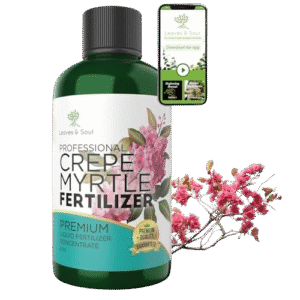

The Leaves & Soul Professional Fertilizer features a distinctive 10-15-20 NPK ratio. This formula is interesting because it provides a robust amount of phosphorus for blooms while also delivering the highest level of potassium on our list. This high potassium content is excellent for enhancing the plant’s resilience to heat, drought, and cold stress. It’s a premium, water-soluble granular fertilizer, meaning it dissolves in water for both quick absorption and easy application, giving you the benefits of both a liquid and granular feed.
Pros:
- High Potassium for Stress Resistance: Builds a tougher, more resilient tree.
- Water-Soluble Granules: Offers the convenience of a liquid feed with the stability of granules.
- Professional-Grade Formula: A high-quality, concentrated product.
- Promotes Vibrant Flower Color: The balanced nutrients can lead to more intense bloom colors.
Cons:
- Being a premium product, it may come at a higher price point.
- The higher nitrogen level (10) needs to be monitored to ensure it doesn’t inhibit blooms in already-rich soil.
Who is this best for? This is ideal for gardeners in challenging climates where trees face heat stress or drought. It’s also a great pick for those who want a professional-grade, multi-benefit fertilizer and don’t mind paying a little extra for quality.
How and When to Fertilize Your Crape Myrtle for Best Results
Knowing the best fertilizers for crape myrtles is only half the battle. Applying it correctly is key!
- The Best Time to Fertilize: The ideal window is in early spring, just as the tree is emerging from dormancy and new leaves begin to form. You can continue to feed with a slow-release formula every 6-8 weeks, or as directed on your product’s label, stopping about 2 months before your first expected fall frost.
- Application Method: For granular fertilizers, spread the granules evenly on the soil, starting a few inches from the trunk and extending out to the “drip line” (the area directly under the outer branches). Water deeply immediately after application to help the nutrients seep down to the root zone.
- A Word of Caution: More is not always better! Over-fertilizing can burn roots, encourage weak, sappy growth that attracts pests like aphids, and actually reduce flowering. Always follow the package instructions carefully.
Which is the Best Fertilizer for Crape Myrtles?
So, which one should you choose?
- For Maximum, Knock-Your-Socks-Off Blooms, the original Crepe Myrtle & All Plant Food (8-55-7) is the undisputed champion.
- For the Overall Health-Conscious Gardener who wants a balance of blooms and vigor, NutriStar (5-15-12) is a superb and reliable choice.
- For Quick Results and Easy Feeding, the Urban Rain Liquid Fertilizer (8-10-10) is your go-to solution.
No matter your choice, feeding your crape myrtle with one of these top-tier fertilizers for crape myrtles will reward you with a spectacular show of color all summer long. Happy gardening!
Read my full article about “How to Grow a Crape Myrtle Tree“

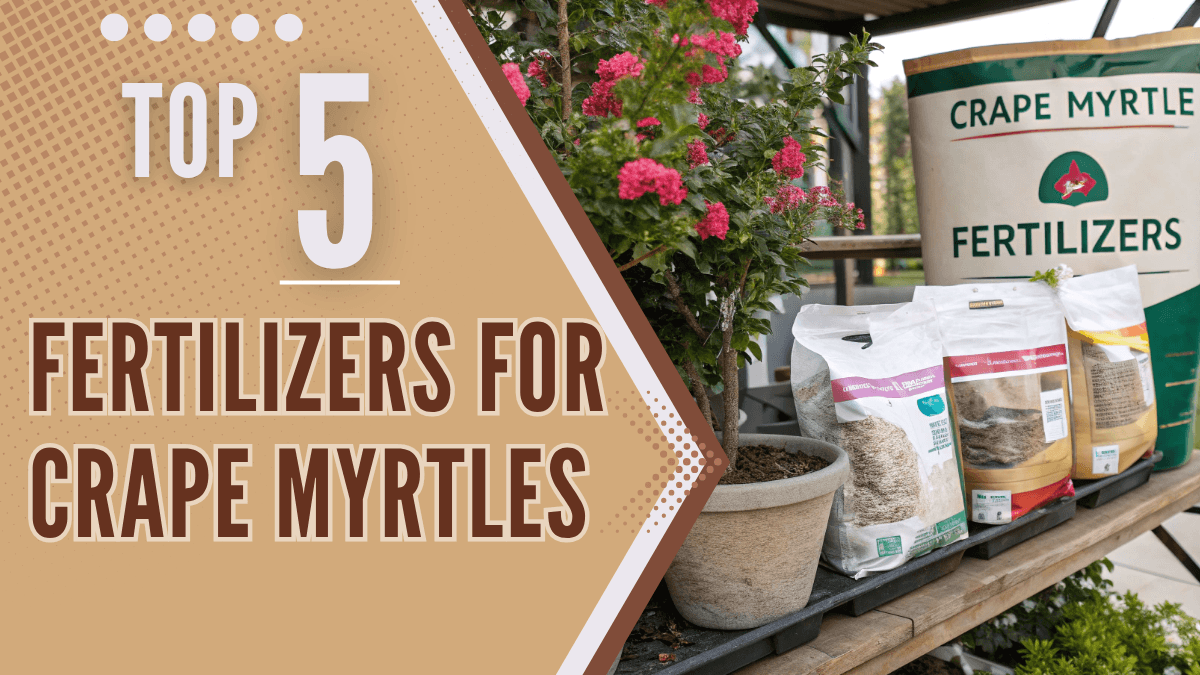
 ChatGPT
ChatGPT
 Perplexity
Perplexity
 Claude
Claude
Leave a Reply